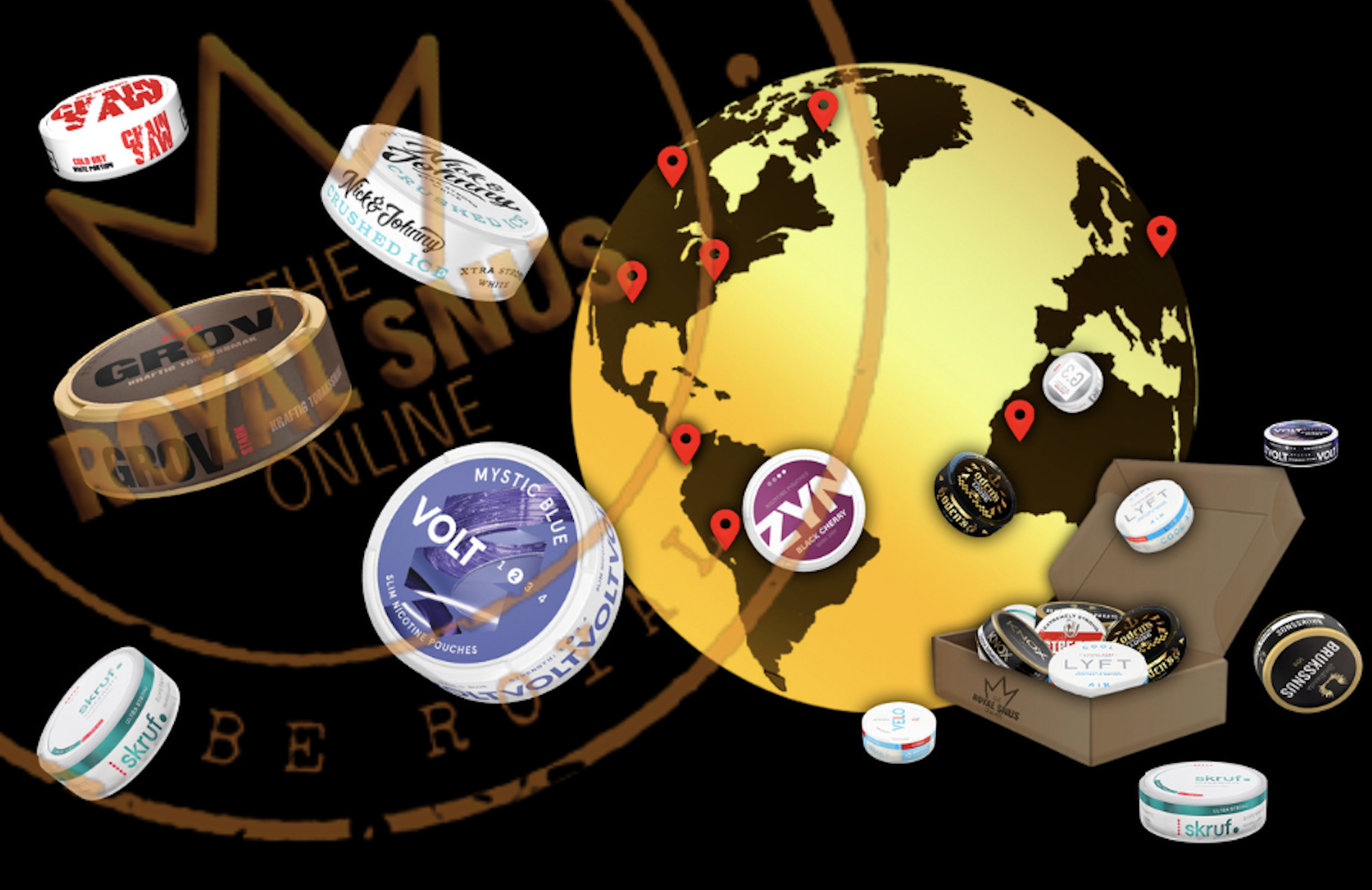Journal of the Plague Years

In March, 2020, I sent out a letter to clients and colleagues instead of posting my usual monthly blog. Covid was beginning to make itself felt on a serious scale. The country was entering uncharted territory, at least for non-centenarians. In my letter, I included an image of Emmanuel Leutze’s Washington Crossing the Delaware and called for courage in uncertain times. It seemed trivial to talk about art in a period where so many were dying, but I hoped that a cure for the disease would be found relatively quickly and that things could get back to normal.
The pandemic soon affected the ranks of my colleagues. In April, 2020, John Driscoll and William Gerdts, both noted scholars (and in John’s case, a major dealer as well) died of Covid. There was no vaccine yet, and the art market had gone into lockdown with the general economy. Auctions were postponed, and galleries were closed. How would the art business survive?
And yet it did. More than that, it thrived. Necessity is the mother of invention, as the saying goes, and the artworld has had to adapt before. In the depths of the recession of the early 1990’s, a small group of dealers, unable to afford public galleries with a regular schedule of shows, rented rooms on one floor of a Manhattan hotel for a weekend and displayed art for sale on top of dressers and leaning on headboards. From that modest beginning, The Armory Show, one of New York’s major art fairs, evolved.
In the same manner, dealers and auction houses over the past two years have upped their digital games significantly, taking their art to collectors through a variety of platforms. Collectors, too, have changed their habits, showing a willingness to purchase solely on the basis of digital images in a manner that I would never have foreseen. Even if the Corona virus miraculously disappeared tomorrow, the virtual gallery would still be an important part of the market.
Alas, the virus isn’t going away. A month ago, after the smashing success of Miami Basel and its satellite art fairs, the buzz was back. People were hungry to experience art in the company of others, and Covid protocols had returned us to something approaching normalcy. Spoken too soon – the Omicron variant showed up, and we’re left wondering what booster shots we’ll need for the variants that should soon outpace the Greek alphabet.

Yet the need for beauty persists, even in the most horrendous times, perhaps especially in horrendous times. And the system that fills that need – artists, dealers, curators, art writers – continues to survive, sometimes exploding into exuberant gardens, sometimes managing only an occasional blossom in a stony landscape. But it goes on. To adapt an old saying, where there’s life, there’s art. Here’s hoping you get your share. If I can help, let me know.








